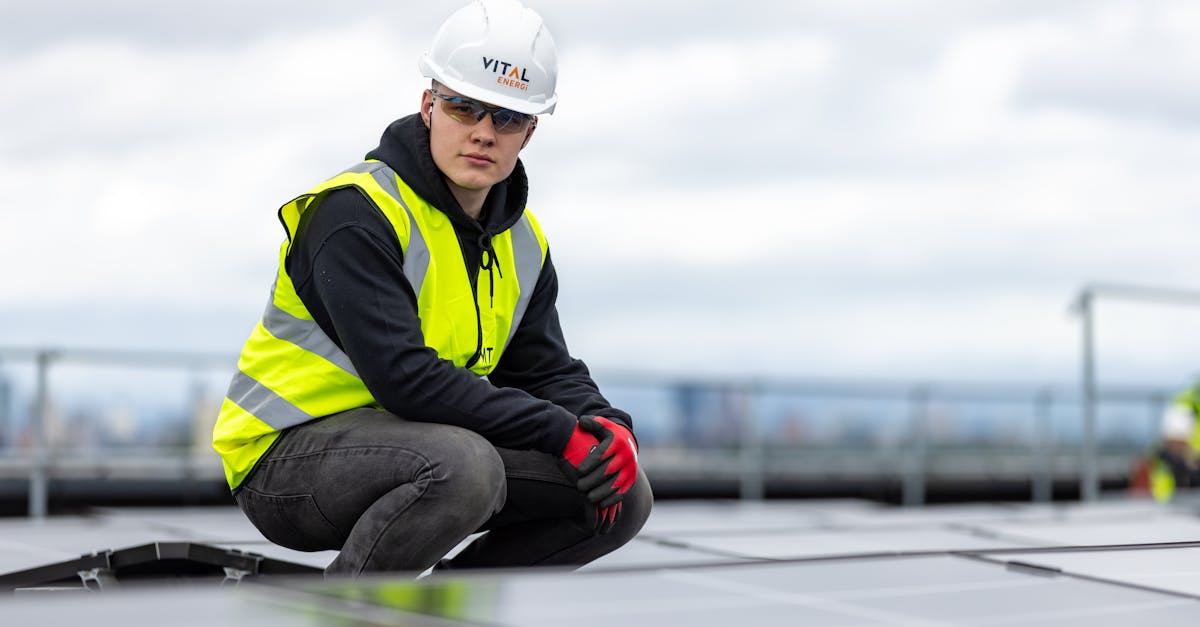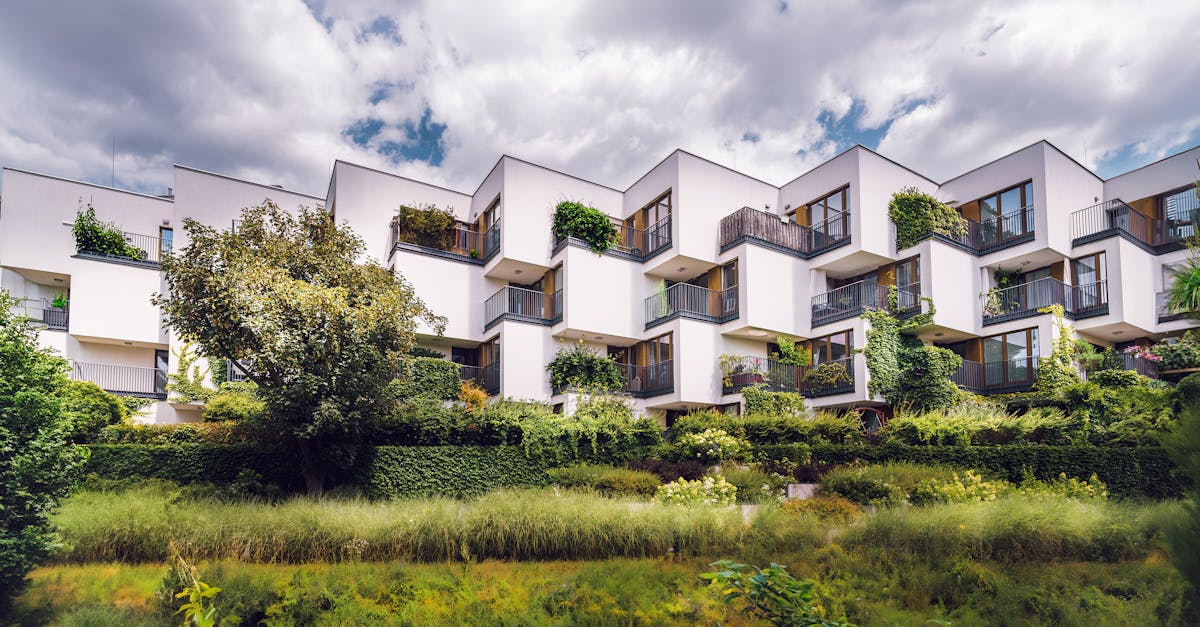Sustainable Building Practices in Modern Real Estate
Introduction: The Green Revolution in Construction
In the realm of modern real estate, sustainable building practices have become a cornerstone for eco-conscious communities. With the looming threats of climate change, environmental responsibility has vaulted to the forefront of architectural innovation. Builders and developers are pivoting towards greener methodologies, marrying economic viability with ecological stewardship. These advancements aren't just a trend—they're shaping the future of our planet. By choosing sustainable options, constructors not only minimize carbon footprints but also harness cost efficiencies long-term. The shift is a testament to a growing synergy between technology and environmental ethics.
Advertisement
Understanding Sustainable Architecture
Sustainable architecture is more than just a buzzword; it's an integrated system approach to constructing buildings that prioritize environmental conservation. This type of architecture employs energy-efficient designs, recycled materials, and innovative construction methods. By optimizing resources, sustainable architecture aims to reduce the ecological impact of buildings and improve occupant health. Often, these buildings have certification from programs like LEED (Leadership in Energy and Environmental Design), measuring sustainability across various criteria such as water efficiency and energy savings. In essence, the aim is to create a net positive impact on the environment.
Advertisement
Energy Efficiency: A Core Component
A key aspect of sustainable real estate is energy efficiency. It involves the use of alternative energy sources, like solar panels and wind turbines, to reduce reliance on fossil fuels. Incorporating energy-efficient fixtures, such as LED lighting and smart thermostats, significantly decreases power consumption. Buildings also often include advanced insulation techniques to maintain ambient temperatures, reducing the need for excessive heating or cooling. Over time, these measures not only cut down on ecological footprints but also reduce utility bills, offering a win-win scenario for both the planet and the property owners.
Advertisement
Ecological Materials and Their Importance
The choice of materials is vital in sustainable construction. Using recycled or upcycled materials, like reclaimed wood or recycled steel, lessens the need for new raw materials, conserving natural resources. Bamboo, hempcrete, and sustainable concrete have become popular due to their durability and low environmental impact. Additionally, non-toxic paints and sealants ensure healthier indoor air quality, protecting tenants from harmful pollutants. By embracing such materials, the construction industry supports a shift toward more responsible resource utilization, ensuring that our urban environments tread lightly on the thread of the Earth's resources.
Advertisement
Water Conservation Strategies
Water conservation is another vital pillar of sustainable building. Low-flow fixtures, rainwater harvesting systems, and greywater reuse are some of the prominent strategies employed. By installing efficient irrigation systems and drought-resistant landscaping, buildings can drastically reduce water usage. These systems not only conserve water but also lead to substantial cost savings over time. With freshwater becoming increasingly scarce, these conservation measures ensure that buildings don't just meet current demand but are also future-ready, supporting communities in water-stressed environments.
Advertisement
The Evolution of Smart Technologies
Incorporating smart technologies has dramatically enhanced the efficacy of sustainable buildings. Automated systems allow for optimal management of energy and water usage, adjusting settings in real-time in response to environmental conditions. Smart sensors, integrated with IoT networks, detect inefficiencies, enabling meticulous monitoring and control. This automation enhances so-called 'green building' performance by reducing waste and increasing efficiency. The increased data collection provides invaluable insights for future improvements in building functionalities. Thus, smart technologies not only streamline operations but also reinforce the building's sustainability ethos.
Advertisement
The Role of Urban Planning and Design
Urban planning plays a crucial role in promoting sustainable building practices. Designs that incorporate green spaces and consider the landscape's natural flow lead to more sustainable communities. Transit-oriented developments reduce car reliance, slashing emissions. Mixed-use projects, which integrate residential, commercial, and public spaces, encourage a sense of community, reducing the need for extensive travel. Thoughtful planning ensures that urban growth is managed sustainably, harmonizing human needs with environmental considerations. Ultimately, such projects exemplify a vision of cities that nurture both people and the planet.
Advertisement
Financial Incentives and Market Drivers
Sustainability in real estate is driven by both financial incentives and consumer demands. Many governments offer tax breaks and rebates to encourage eco-friendly practices. Additionally, a growing contingent of buyers and investors seeks properties that boast green certification. This rising demand positions eco-friendly buildings as a lucrative market segment, prompting developers to pivot towards sustainable practices. This market-driven shift is crucial for cascading sustainable methodologies across the real estate spectrum, ensuring that green buildings are not just viable but desirable.
Advertisement
Challenges and Future Prospects
Despite advancements, sustainable building faces challenges like high upfront costs and regulatory hurdles. However, the long-term financial and environmental benefits generally outweigh these initial barriers. Technological innovations continue to reduce costs and improve efficiencies, promising broader adoption. Looking forward, sustainable construction is expected to evolve with increased integration of renewable energy solutions and smarter technologies. As awareness grows, so too does the potential for industry-wide transformation where sustainable construction becomes the norm rather than the exception.
Advertisement
Conclusion: Building a Sustainable Future
Sustainable building practices are carving a pivotal place in modern real estate, melding economic sense with environmental responsibility. This shift signifies architects' and developers' commitment to a green horizon, promising resilient communities that benefit current and future generations. While challenges persist, the momentum for sustainable real estate is undeniable, driven by innovation, regulatory frameworks, and consumer awareness. Stepping forward, the industry stands at the forefront of ecological stewardship, ensuring that progress and preservation coalesce seamlessly. Ultimately, sustainable construction will not merely shape modern real estate but will sculpt the foundation for a more sustainable planet.
Advertisement
